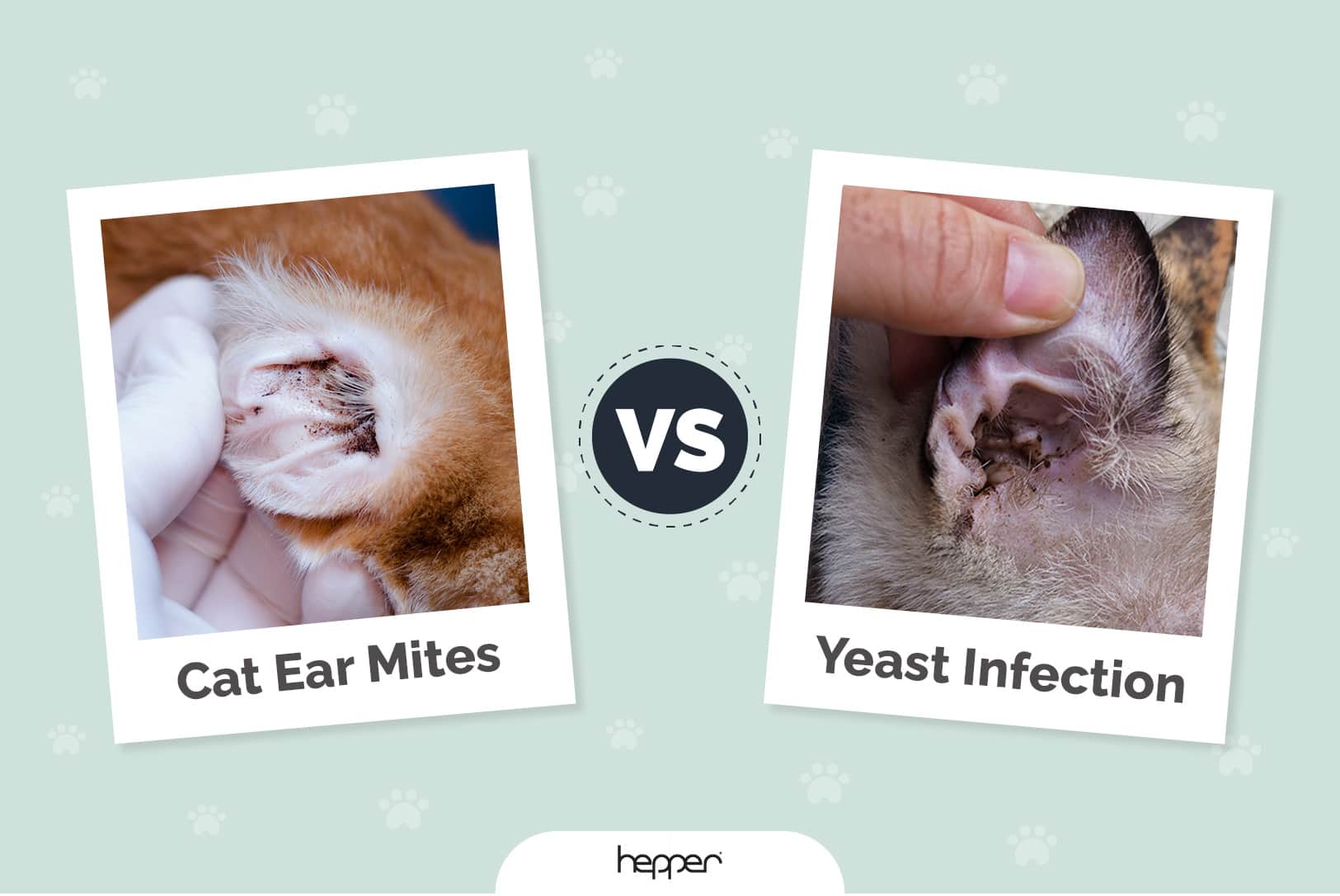How to Get Cats Out From Under Your House: 8 Effective Methods
Updated on

Cats seek out dark, enclosed spaces to live, sleep, and nurse kittens, and your home’s crawl space is a perfect choice. Unfortunately, feral cats under your home can pose health risks, plus they can wreak havoc on gardens. If you need to get dug-in cats out from under your house, look no further. We’ve gathered and detailed the best methods you can use to get cats out from under your house. Read on below for the details so you can get started ASAP.
The 8 Methods to Get Cats Out From Under Your House
1. Bribe Them With Cat Food
While most cats will gladly eat dry kibble when they’re hungry, wet food or tuna are the more surefire way to instantly lure cats from under your house. They might be able to hunt rodents under there, but we doubt your crawl space has a tuna dispenser. Simply heat up some wet cat food or tuna for a few seconds to get the odors wafting through the air, then put it outside.
Keep in mind that this method is hardly foolproof, and it does nothing to deter cats from going back under your house. Sometimes it can even attract more cats to your house! You’ll need to either combine with a deterrent measure or physically block where the cat’s getting under your house. Before doing the latter, make sure there aren’t any kittens or other cats still under there—they could get trapped!
2. Spritz Them With Water

If the cat’s not too entrenched, you can use their distaste for water to your advantage. Take a water hose and spray it underneath your house. Cats dislike nesting or hanging out in wet areas. You don’t even have to spray the cat, either! Just soaking the area should be a good way to get them searching for alternative housing.
As a passive deterrent, you can install motion-activated sprinklers to keep them from coming back. They’ll quickly learn which houses spray them for intruding and which are more hospitable for kitty squatting.
3. Startle Them With Loud Noises
A lone cat holed up under your house might be scared away if you play a really loud noise near where they are. An air horn would do the trick, but a loud Bluetooth speaker, motorcycle, or anything else very loud could work. This is pretty easy to do, but your results might be mixed. The cat could just run away and come back when you’re not there to scare them, so use this method at your own risk.
4. Seal Up Gaps in Your House

The most obvious and effective method for keeping cats out from under your house is to wait for them to leave and physically seal their entry points. This can be tricky if you’re not sure where they’re getting in, but you can set up some security cameras to find out.
Once you’ve located their ingress points, it’s time to get to work. Damaged siding should be repaired, and you can use wood or chicken wire to block open gaps. Dig out a foot or two underneath the grade and block that, too, before putting the dirt back since tenacious kitties can easily dig underneath shoddily constructed barriers.
5. Get a Dog
It’s a cliche because it’s true: cats and dogs naturally dislike each other unless socialized at a young age. Feral cats operate on pure instinct, and dogs usually equal danger. If you have the means, getting a dog will almost certainly drive away cats chilling underneath your home. The cats will smell your dog’s urine and feces and keep a wide berth.
6. Repel Them With Scents

Cats have extremely keen noses and a natural distaste for certain odors. By mixing these with water and spraying around the perimeter of your property and under the house, you can smoke them out and hopefully even keep them away. Check out some of these odors below and experiment to see what works best with your neighborhood cats.
- Cayenne pepper
- Vinegar
- Citrus – either essential oil or fresh peels work
- Pipe tobacco
- Eucalyptus oil
- Coffee grounds
- Thyme
- Garlic
- Cinnamon
7. Make the Area Unappealing to Cats
Deterrents will only go so far, and you’ll also need to remove whatever’s attracting them in the first place. Cats love dirt, and uncovered dirt in yards or gardens are great litter boxes. Keeping your grass neatly trimmed will help reduce the number of small prey animals hanging around, encouraging cats to find food elsewhere.
Your trash is also critical. Uncovered trash cans with food debris are like neon diner signs for cats, who’ll gladly hop in if they can get some food out of it. Invest in a trash can with a locking lid to keep not only cats but other nuisance animals out of your hair.
8. Make Use of Textures

Cats are very particular about what they touch, and some textures are unbearable for them to walk on or touch. Most cats hate aluminum foil, for instance, preferring to avoid its reflective glare and crinkly texture.
By strategically placing aluminum foil and other textures around your home, you can make the area less cozy for them and increase the chances of them moving. Let’s briefly list some of those things so you can see what works best with your house.
- Chicken wire or lattice
- Sticky surfaces like double-sided tape
- Gravel
- Wood mulch
- Pinecones
Conclusion
Cats are wonderful house pets, but it can be hard to get a feral cat out from under your house when it’s chosen that spot as its nest. To help deter them, you can make judicious use of unpleasant odors, water, dogs, or even outright bribery. Experiment and see what works best for you!
Featured Image Credit: Jumpstory












